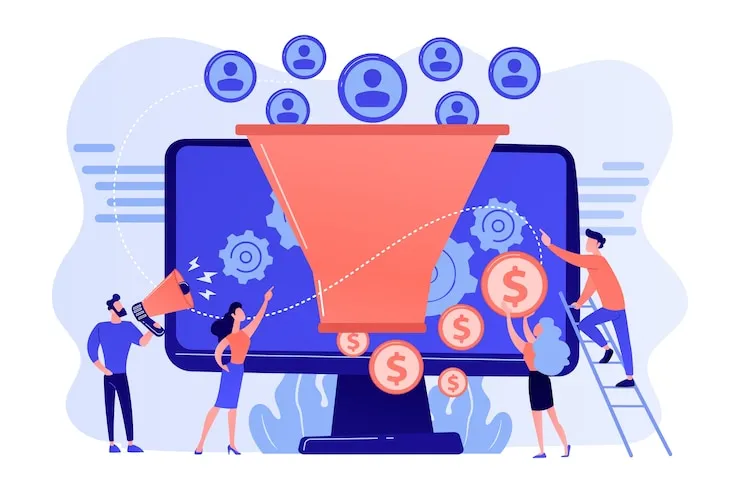To maximize customer engagement, conversions, and retention across all stages of the buyer’s journey, you need a full funnel performance marketing strategy. To stay competitive, eCommerce businesses need a comprehensive strategy that addresses customer needs from awareness to advocacy.Â
The purpose of this article is to provide a detailed guide on developing and optimizing a full funnel performance marketing strategy that focuses on data driven decisions that boost performance anywhere.
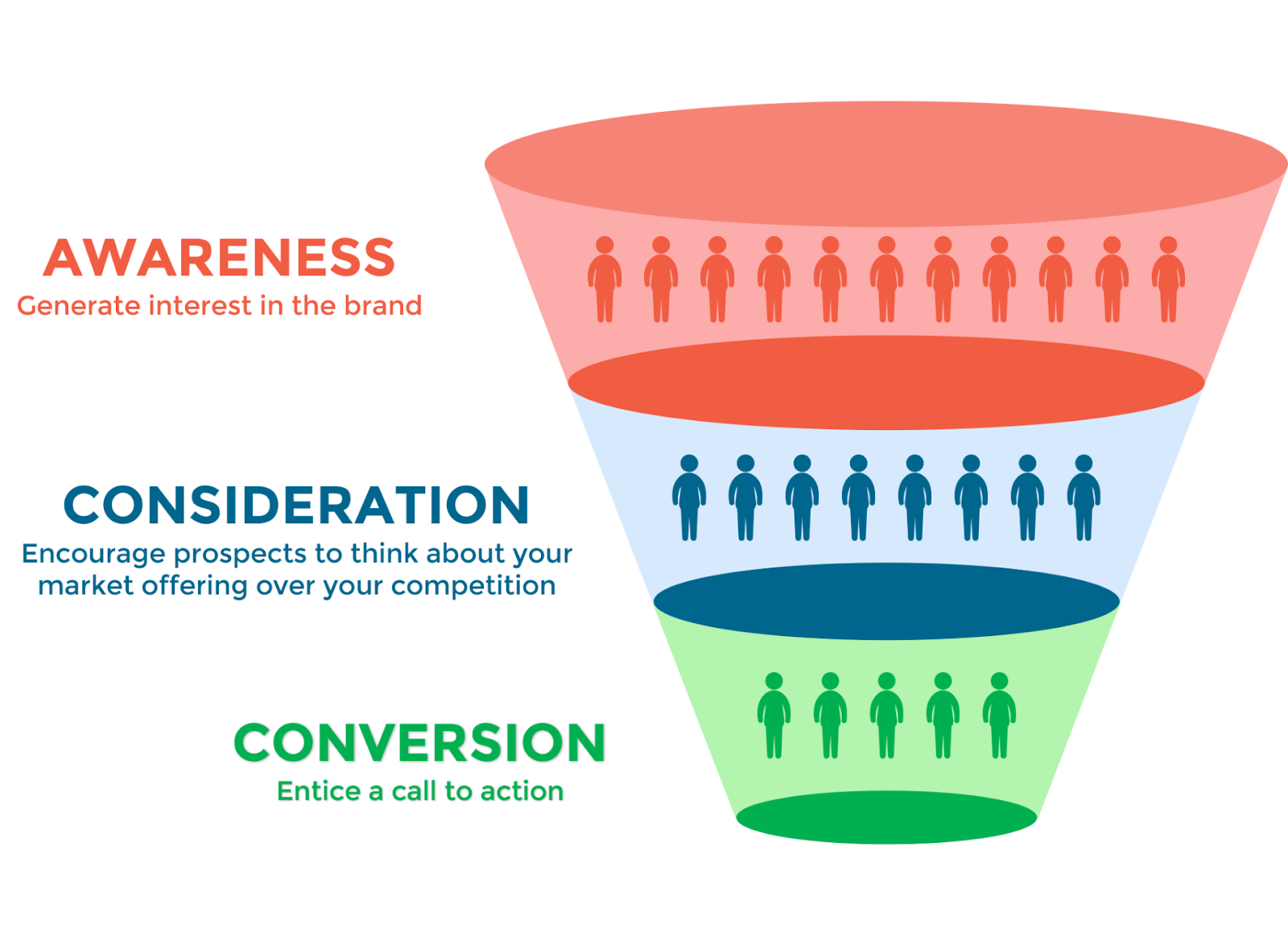
Ecommerce Strategy: An Introduction
What Is A Full Funnel Performance Marketing Strategy?
A full funnel marketing strategy targets customers at different stages of the buyer’s journey, from awareness to advocacy after purchase.Â
Marketing efforts in eCommerce are aligned with customer intent at every stage, so prospects can experience a seamless and personalized journey.Â
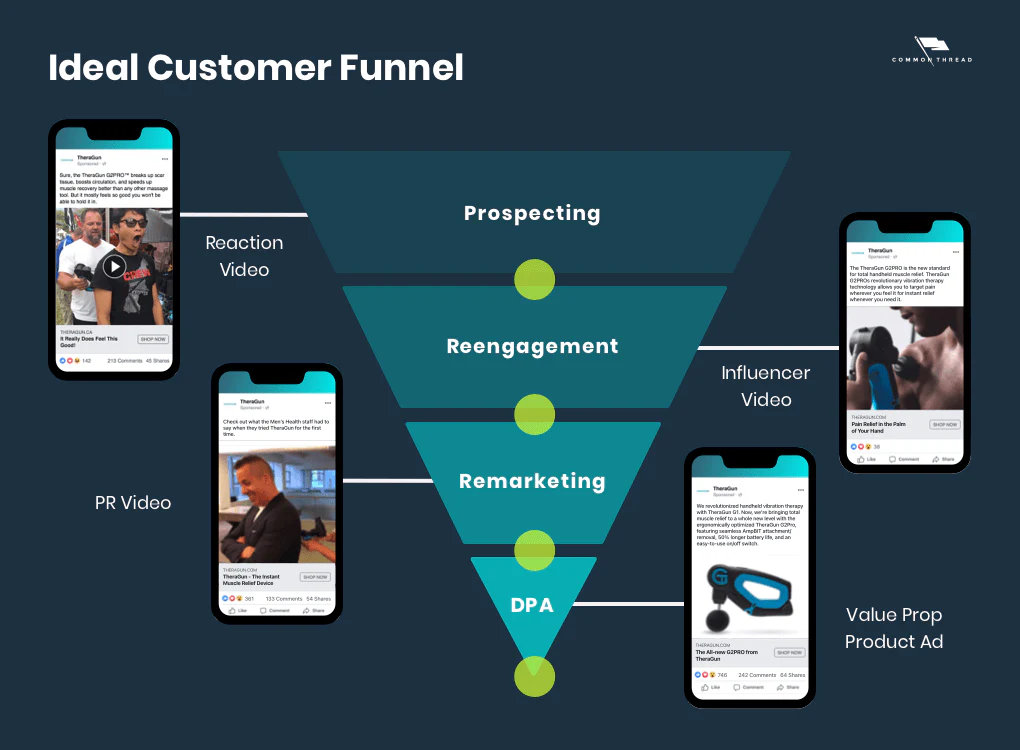
Image Courtesy –SHOPIFY
We’ve got multiple touchpoints and channels tailored to each customer’s particular needs based on where they are in the funnel.
Alternatively, performance marketing measures conversions, leads, and sales through a data driven approach.Â
Combining it with a full funnel approach makes sure every stage of the marketing funnel is optimized for both short and long term gains.
Ecommerce: Why It’s Important
Across all stages of the customer journey, a holistic marketing approach is key. A strategy like this is essential for businesses looking to build long term brand equity and boost sales.Â

By addressing customer intent at each funnel stage, businesses can balance brand building and conversion focused tactics to grow revenues and customer lifetime value (LTV).
Getting A Better Understanding Of Ecommerce Marketing
Here’s An Overview Of The Marketing Funnel
The stages of a full funnel marketing strategy represent different levels of customer intent and engagement. Here are the key stages:
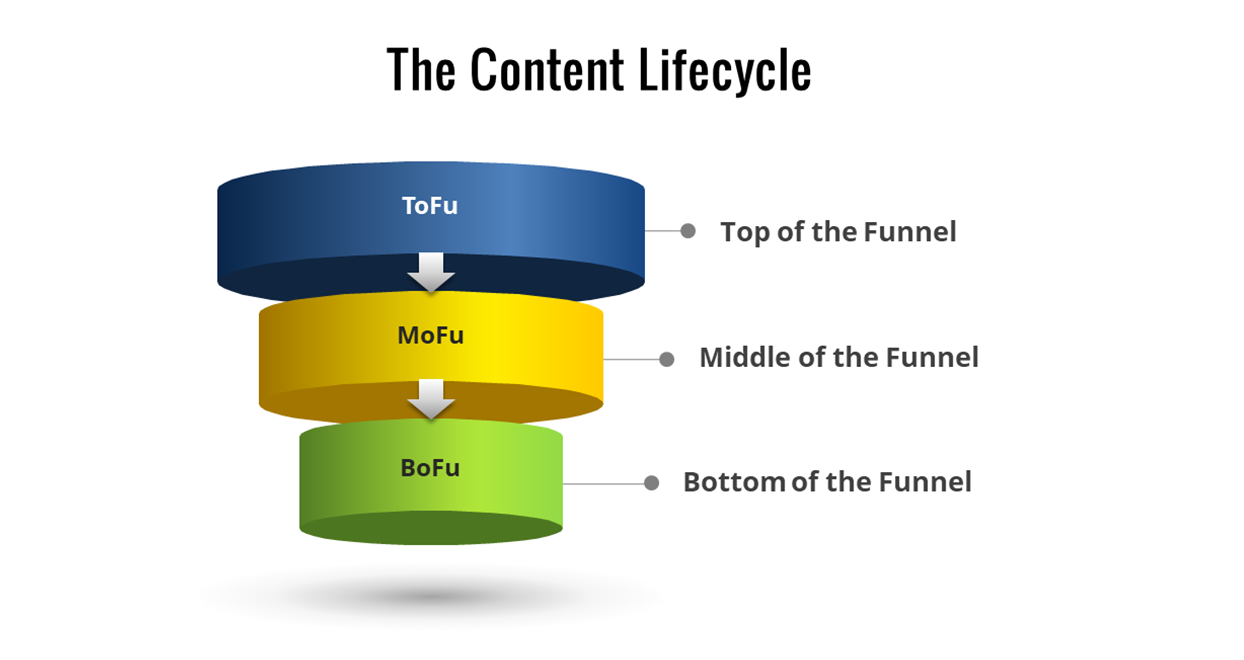
Image Courtesy –SEO AGENCY
- ToFU (Top of the Funnel): This is when potential customers discover a brand or product. This is all about getting new prospects’ attention and generating awareness.
- The middle of the funnel (MOFU) is when prospects are considering and engaging. During this stage, businesses focus on nurturing leads and building trust.
- BFU (Bottom of the Funnel): The conversion stage is when prospects are ready to buy. Usually, incentives or simplifying the buying process are used to encourage action.
- A post purchase stage is all about customer retention and advocacy, where businesses try to turn customers into repeat buyers. You need to maximize customer lifetime value at this stage.
It’s important to identify high drop off stages in sales funnels and implement strategies like personalized content and retargeting ads to increase conversions.
Ecommerce Stages You Need To Know
In each stage of the funnel, buyer intent differs, so marketing efforts should be tailored accordingly.Â
There are customers who want educational content at the top of the funnel, and others who want direct sales.Â
ooIncreasing customer lifetime value (LTV), reducing churn, and building stronger relationships with customers are all possible by nurturing prospects at every stage.
The Step-By-Step Guide To A Full Funnel Strategy
Getting people’s attention (Awareness Stage)
What’s your goal?
TOFU’s primary goal is attracting potential customers and creating brand awareness. In this stage, you build trust and recognition, laying the groundwork for future engagement.
What to do and how to do it
Ads on Facebook and Instagram: These platforms are perfect for visual first ads that catch people’s attention.
Marketing with content: SEO optimized blogs, videos, and infographics can drive organic traffic.
Micro influencer collaborations: Adding authenticity and expanding brand reach is easy.
Advertising with programmatic buying: Target a lot of people across the internet with automated ads.
Metrics that matter
Impressions
Traffic to your site
The engagement (e.g., likes, shares, comments)
In the middle of the funnel (Consideration)
Here’s what businesses are trying to do: engage prospects, build credibility, and get them closer to making a purchase.
Techniques and channels
Lead nurturing: Personalized email sequences can keep leads engaged.
Ad retargeting: Retargeting visitors who didn’t convert on their first visit using social media and display ads.
Tools for evaluating products: Demos, reviews, and comparison charts make it easier for prospects to make a decision.
Live demos or webinars: Interactive ways to get a deep dive into a product or service.
Metrics that matter
Whether they’re engaging (comments, likes, shares)
Click through rates and open rates for emails
Click through rate (CTR) retargeting
Rates of adding things to cart
Getting to the bottom of the funnel (Conversion)
Aims
Here’s the goal: drive conversions and get prospects to buy.
Choosing the right tactic and channel
Coupon codes and offers: Limited time promotions, first purchase discounts, and abandoned cart recovery emails.
Reviews and Social Proof: Showing customer testimonials and user generated content (UGC).
Offering multiple payment options and one click checkout will simplify checkout.
A way for advertisers to capture ready to buy traffic with Google Shopping Ads and Dynamic Product Ads.
Metrics that matter
Total conversions
Amount of revenue
ROI (Return on Ad Spend)
Average order value
After the purchase (Retention and Advocacy)
Goals After the purchase, you want to build long term relationships with your customers, encourage them to buy more, and turn them into brand advocates. Understand how different touchpoints influence existing customers’ buying journeys by analyzing their purchasing journeys.
Strategies and channels
You can reward repeat customers with rewards, exclusive discounts, or early access to new products.
Campaigns by email and SMS: Follow up emails, cross selling, and upselling.
Review and referral programs: Rewarding customers for leaving reviews or referring friends.
Dormant customer re engagement: Offering specials to get them back.
Measures to watch
Number of customers that stick around
Repeat purchase rate
The customer lifetime value (CLV)
Score of Net Promoter (NPS)
The Power Of Data And Analytics
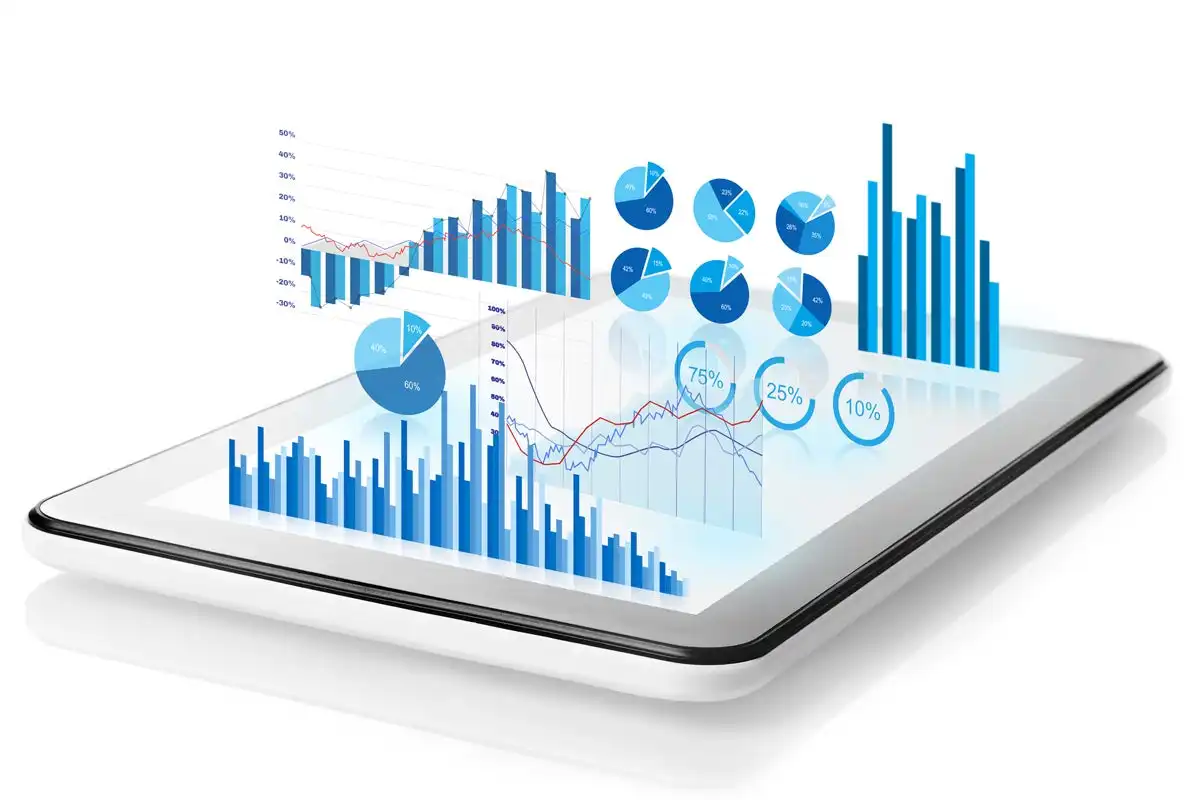
At Every Stage, Data Is Important
Data is essential at every stage of the funnel, since it helps businesses optimize their marketing campaigns in real time.Â
Data driven decisions help improve targeting, personalize campaigns, and allocate budgets more efficiently.
Useful Tools
Google Analytics: Provides insights into traffic, user behavior, and conversion paths.
CRM and Customer Data Platforms (CDPs): Help with segmentation, personalization, and predictive analytics.
Models of attribution:Single touch and multi touch attribution models can help you figure out where conversions come from.
Testing and optimizing continuously
It’s important to test landing pages, ad creatives, email copy, and product page layouts before you launch. Continual testing and optimization keep campaigns effective.
Integrating And Having Consistency Across Channels
Omnichannel consistency is important

You need to maintain a unified message across all channels, including key brand messaging. Whether you’re using paid search, organic content, social ads, or email marketing, consistency builds trust.
Here are some examples of cross channel synergy
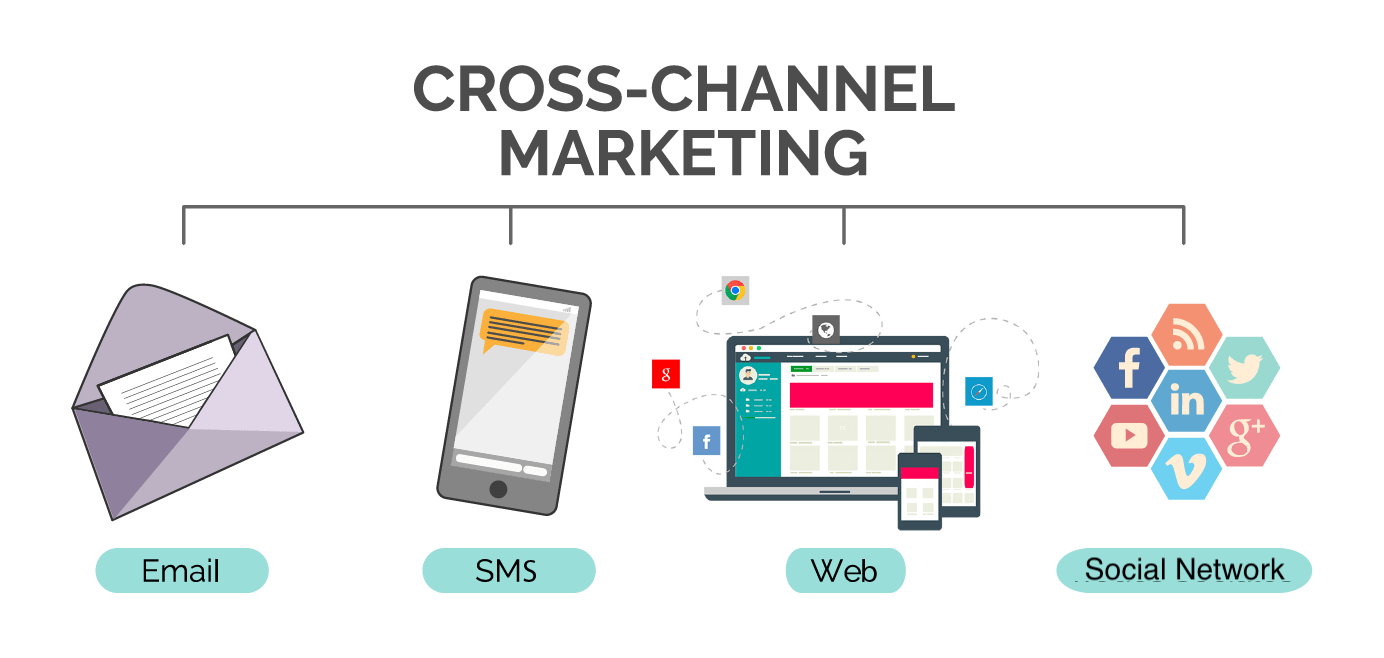
- Delivering a consistent message through social media ads and paid search campaigns.
- Improve Google Ads and Facebook Ads targeting with remarketing lists and CRM data.
User Experience (UX) Enhancing the Customer Journey
For customer retention, it’s important to create a seamless experience across channels and devices. Maintaining user engagement requires a smooth transition from one platform to another (like going from a social ad to your website).
Full Funnel Performance Marketing: Advanced Strategies
DCO (Dynamic Creative Optimization)
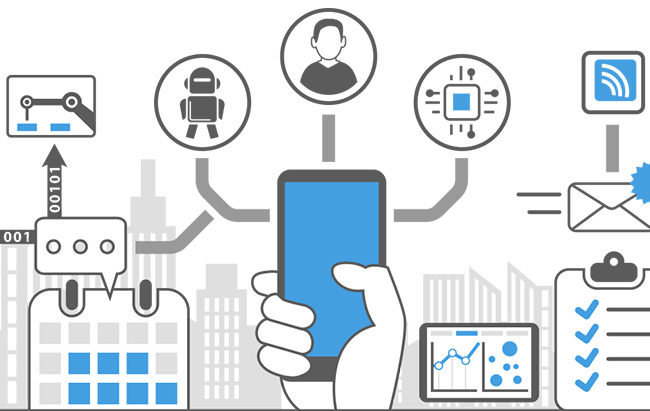
Personalize ad creatives based on audience segments, improving relevance and engagement.
The power of predictive analytics and machine learning
By using machine learning models, you can predict customer behavior, segment audiences based on conversion likelihood, and identify churn risks. An effective marketing strategy guides businesses on how to persuade customers to buy products.
Content that sells and social commerce
Shoppable posts on Instagram and Pinterest allow customers to buy directly from the platforms, cutting down on friction and accelerating conversions. Utilizing social media platforms for targeted ads can enhance performance marketing efforts by leveraging user data.
Engaging content (quizzes, AR, gamification)
Users can engage with interactive content like quizzes, AR experiences, and gamification at different funnel stages, encouraging deeper engagement and higher conversions. Furthermore, social media marketing can significantly motivate users to buy by informing them about sales and discounts.
Don’t Make These Mistakes
Don’t neglect TOFU efforts:Â
Focusing on short term sales but ignoring brand building can hurt your long term growth.
Over relying on one channel:Â
Diversifying channels helps you reach more people and mitigate risk.
Post purchase strategies:Â
Not nurturing customers after the sale can lead to lost chances for repeat business.
Segmenting and personalizing:Â
Sending generic messages to everyone reduces engagement.Â
You have to understand your customers’ needs and create a clear value proposition that separates you from your competitors if you want to have a sustainable competitive advantage.
Bonus: A Sample Case Study
Glossier’sfull funnel marketing strategy
Glassier’s full funnel marketing strategy helped propel the direct to consumer beauty brand to success.Â
Top of funnel influencer marketing, middle funnel social content, and bottom funnel shopping. With email marketing, loyalty programs, and user generated content, Glossier nurtured its customers post purchase, building an advocate community that drives sales.
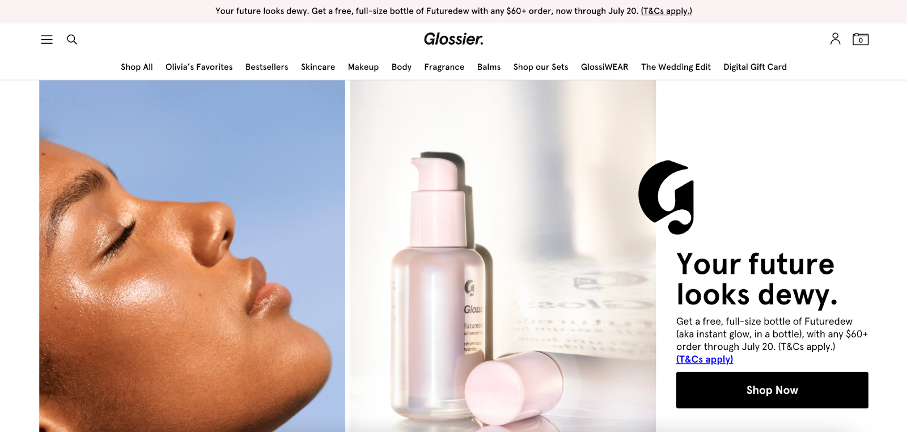
Image Courtesy –GLOSSIER
In addition to high customer retention rates, Glossier also saw significant growth in customer lifetime value thanks to optimizing each stage of their funnel.Â
They set the bar for eCommerce businesses looking to implement full funnel performance marketing. The best way to market your ecommerce site is through a full funnel performance marketing strategy

Conclusion
Performance marketing is crucial to driving engagement, conversions, and customer retention at every stage of the customer journey.Â
A holistic, data driven strategy will help businesses achieve sustained growth, balancing short and long term gains. Using this article, you’ll learn how to craft a full funnel performance marketing strategy tailored to eCommerce, covering everything from awareness to advocacy after the sale.

